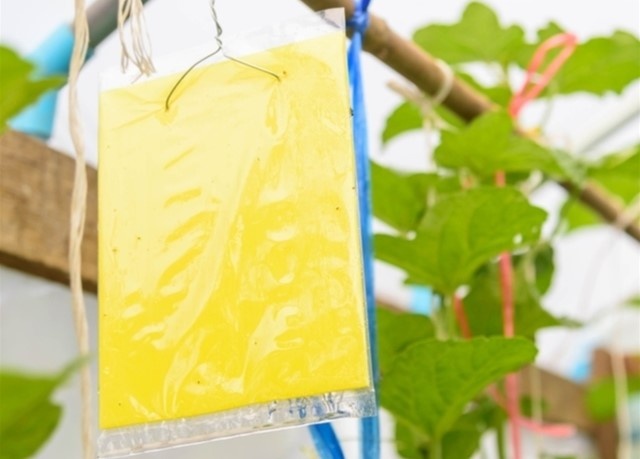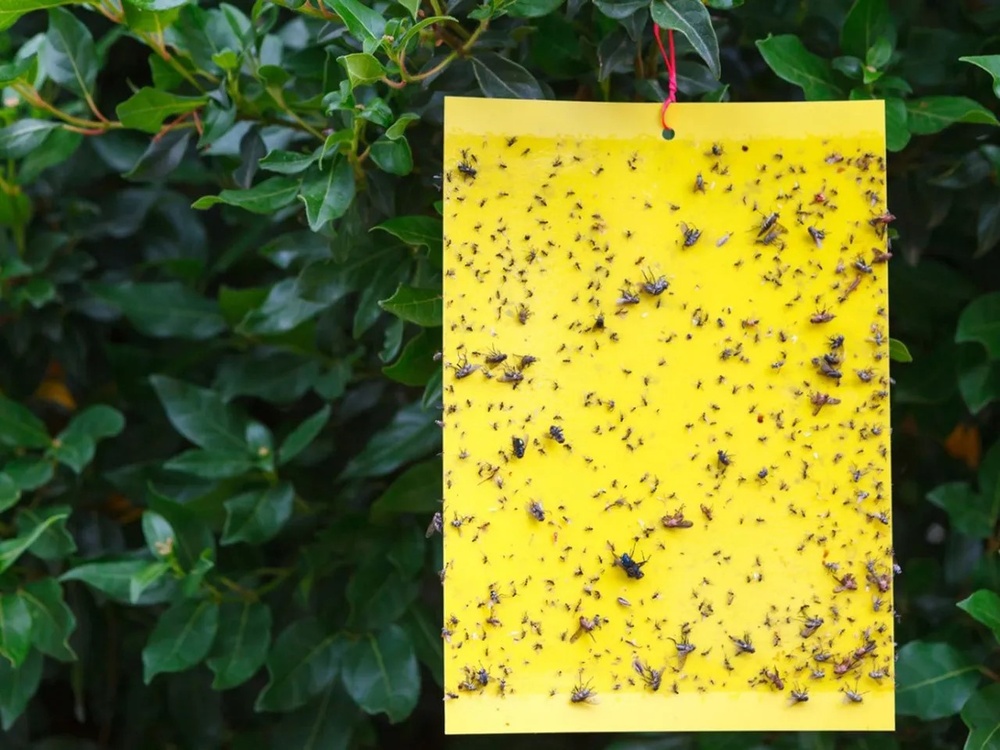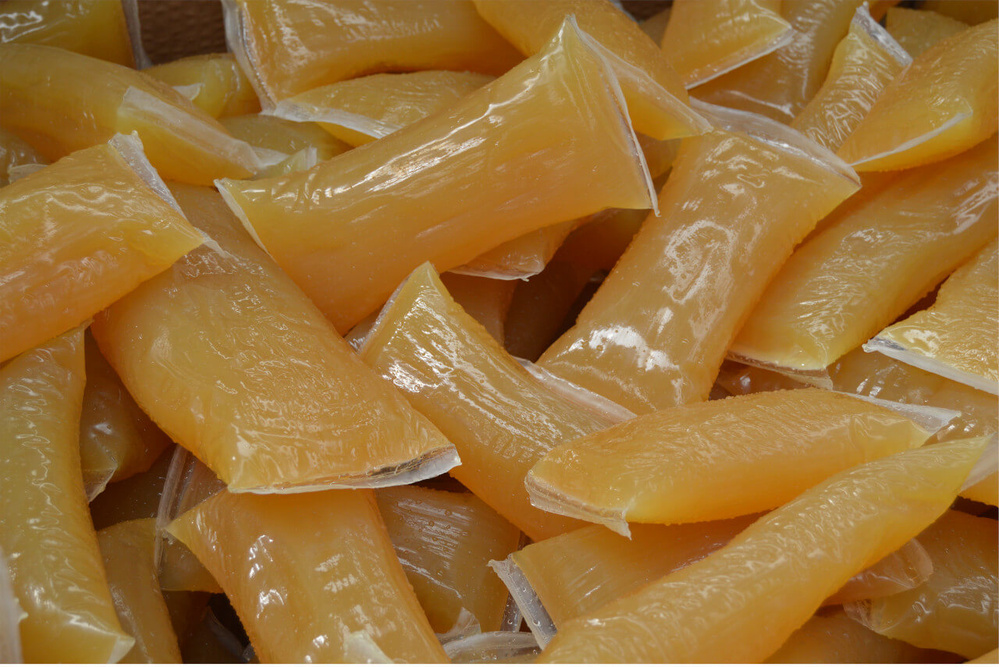Insect and rodent control: adhesives for the production of sticky traps
Keeping homes critter-free is something we all want, especially in those summer months when flies and other insects seemingly want to take over our homes. An insect-free environment is even more important in agriculture, where a pest infestation can damage food production and, ultimately, impact the bottom line. Adhesives play a vital role in delivering effective pest control solutions, helping maintain insect-free environments.

Practical and environmentally friendly insect traps
Insect traps are essential for pest and insect control and are available in various designs, shapes, and colours. These traps utilise a sticky surface that can be impregnated with a pheromone lure to attract pests, which then adhere to the glue board and eventually meet their demise. They find wide applications in farming, industry, public health, and households to combat unwanted infestations of cockroaches, moths, mites, flies, and other insects.
To ensure effectiveness, insect traps come in various forms, such as sheets, rollers, bands, tapes, strings, towers, spirals, and bags, designed to cater to different insect types and settings. The advantage of using practical solutions like insect traps is that they are non-toxic, so unlike insecticides, they can be used at home and in the workplace without harming the environment or endangering the health of family members, pets, or other wildlife.
Adhesives for insect traps
To maintain insect-free environments, it’s crucial to choose an adhesive that performs reliably in all climates and across all seasons throughout the lifespan of the insect trap. The right adhesive should remain tacky even when exposed to UV light, maintaining its tack, adhesion, and cohesive strength. It should also be non-dripping, providing excellent holding properties even during high temperatures.

The key benefits of selecting the right adhesive include:
- UV resistance: Suitable for outdoor use.
- Heat resistant: Non-dripping in warmer temperatures.
- Low application temperature: To protect substrates during production.
- Adaptability: Adhesives for different insect trap designs.
- Rigorous testing: Heat, UV, and durability tests to ensure consistent performance.
Ultimately, an adhesive that remains tacky throughout the insect trap’s lifespan will ensure customer satisfaction, safeguarding the brand and company reputation. This, in turn, leads to repeat business and enhanced profitability for the insect trap manufacturer.
Insect Trap Adhesives Beardow Adams
Beardow Adams produces a range of adhesive options for many traps to catch common pests such as insects, flies and cockroaches. Using adhesives for insect trapping avoids the use of harmful toxins that can be dangerous to children, animals and the wider environment.
Our experience and expertise in selling adhesives for insect traps allows us to offer solutions for many different types of application. We offer adhesives that can withstand high temperatures, meaning they won't run or drip, and adhesives that will peel cleanly off their release liners. These products are great for home and work use as they are colour and odour-less and can also be used outdoors – thanks to their UV light stability.
Our off-the-shelf, unique insect trap adhesives include Pressen™ 1882UV, which is formulated as a high-tack, high-grab fly trap application that is suitable for warm ambient temperatures, and Pressen 2000 which was developed to be light in colour, with low-odour and viscosity.

Find the right adhesive
Choosing the right adhesive for your product can be a difficult task, but LUX-X can help solve this issue. We have many years of experience supplying hot melt adhesives to Beardow Adams, companies that manufacture insect and pest control traps throughout the UK. Hot melt adhesives TM ВAM have proven their effectiveness when working at various enterprises and product designs. Moreover, if necessary, we can select the adhesive taking into account your individual requirements. Contact us to find out more by calling the phone numbers listed in the “Contacts” section, or by filling out the “Feedback” form on the website. Our managers will contact you shortly.






